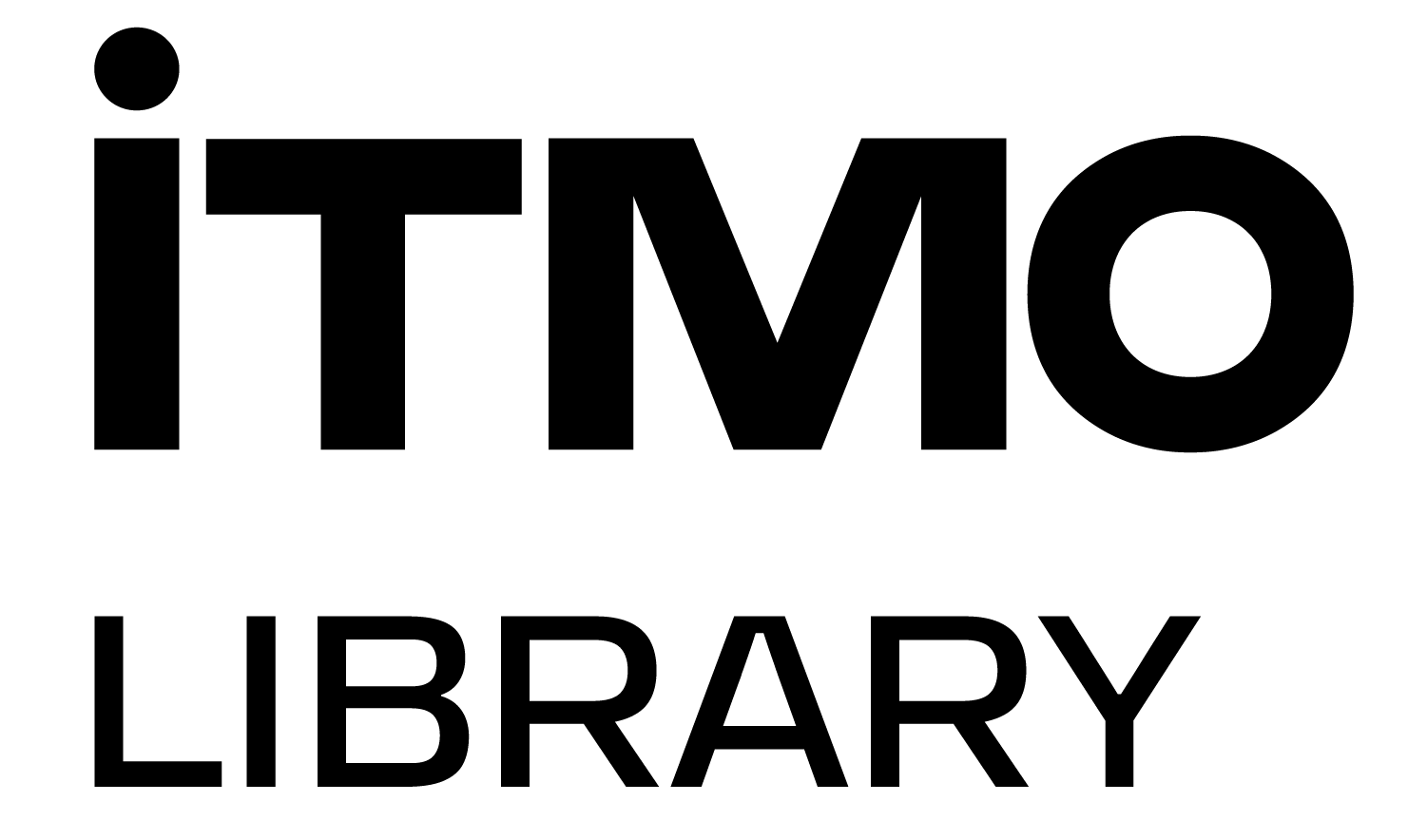Access to scientific databases is provided by a fee-paying subscription. Most researchers use the resources of the institutions where they are affiliated. It is not easy to be a “freelance artist” in an academic community, since it is very costly to create an adequate package of databases for research on your own. This makes science a closed community, which many complain about. In other words, many important papers remain inaccessible to a large number of scholars.
Open Access journals provide an opportunity to scientists from all over the world to use the products of their colleagues' intellectual activity free of charge. However, this is neither charity nor communism, but a subtle database vendors' strategy, which benefits publishers, authors, and readers alike.
How does it work?
The necessity of Open Access was first discussed in 2002 in Budapest. Scientists came to the conclusion that the author is eligible to share their research with the public. A year later, first non commercial organizations appeared which had the right to publish full texts of scientific papers.
There are two types of Open Access:
- databases with an Open Access segment;
- completely Open Access.
Open access documents have to meet two main requirements:
– an author or any person possessing the right to have the papers published provide the possibility for any user to read the document, copy and/or distribute it among others, write and publish new scientific works based on the information provided, indicating the authorship of the source;
- the online archive stores at least one copy of all documents submitted for publication, which can be freely disposed of by research institutions, scientific societies, or other organizations, namely, to distribute the paper in unlimited circulation.
Who pays?
As mentioned above, Open Access is a strategy. What are its benefits? Those for readers are obvious: they get the opportunity to work with scientific literature for free. For authors, the advantage is that the visibility of their papers is rising, and the citation index is increasing. Publishers and vendors do get their profit, but from whom?
Most often, the author or the institution where the author is affiliated (a university or a research group) pays for a publication on an Open Access platform. The cost depends on the journal's rating, its impact factor and quartile.
Please note that the fee-paying publication in this case does not mean that anyone can publish anything. Every paper passes quality control, usually within a double-blind peer review system. If a vendor disregards this procedure, then it is worth judging you have applied to a “junk” one.
Many Open Access journals waive fees for certain categories of authors. For example, if a scientist lives in a developing country as rated by the World Bank.
Where can I find Open Access articles and journals?
To select a high rating journal, you can refer to one of the following search tools:
- Google Scholar is a large portal where you can find literature on any field of knowledge from various sources;
- Google Patents is a database that contains the full texts of over 7 million patents;
- OAIster is a catalog with the links to digital sources from all over the world, it contains millions of records by metadata;
- BASE is a search service founded by the international project Open Archives Initiative in collaboration with the European scientific information platform DRIVER;
- WorldWideScience.org is a global network for data retrieval from national and international sources;
- Directory of Open Access books (DOAB) is a catalog of peer-reviewed books with the links to the original sources;
- OpenDOAR is a catalog of repositories with a transition to various scientific and academic papers;
- ROAR is a register of institutional repositories.
What is Freemium ?
The term "freemium" appeared in 2006. It came from the merger of the words “free” and “premium”, and means a service model where the user receives the basic features of the service free of charge, and then has the opportunity to expand them by paying for a Premium account.
Freemium has become the main strategy for electronic resources. The depth of access is limited either by a segment of the database or by the abstract. The most valuable resources and the new research are only available to subscribed users.
Many databases also provide text access to their resources during a period from a few weeks to several months. At the end of it, a library can collect the usage statistics and decide whether to subscribe.


